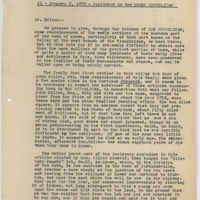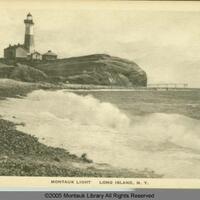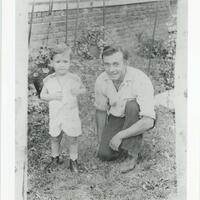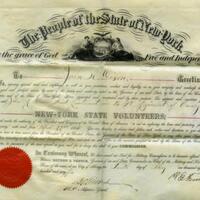As you drive across New York State, you can’t help but notice the old burying grounds or cemeteries that are found in cities, villages, fields and forests. Many appear neglected and are slowly disappearing into the landscape. Here, in these hallowed grounds, lie the remains of all those that came before us and helped shape the future of this great state. Their gravestones may be the only historical record that they ever existed.
Early pioneers made gravestones from the local materials that were readily available. This was most often sandstone. Sometimes a professional gravestone carver did not exist yet in the area so the family marked a grave with a fieldstone placed on edge with little or no writing on it. As the community prospered, a carver would appear and start plying his trade.
The work of these early carvers was original and displayed their artistic creativity. Each carver developed his own designs, patterns and writing styles that became unique to him. Sometimes you would see a cause of death or a bible verse for an epitaph.
As the state’s wealth increased, the marble industry came to dominate the gravestone market. Marble was considered superior to sandstone and its use showed an element of sophistication on the part of the buyer. Now gravestones arrived from the quarries in Vermont pre-carved except for the name and date. Eventually they could be purchased from a Sears Roebuck catalog.
Slowly the carvers disappeared altogether as machines took over the job that once required a steady hand and the use of a mallet and chisel. Gone also were the artistic expressions and details that each carver brought to his trade as well as the cause of death and the more expressive epitaphs. By 1850 the sandstone carvers were gone from our cemeteries.
DISCLOSURE: Some of the gravestone photos are actually rubbings that were done years ago when that was considered an acceptable practice. Today, rubbings are completely discouraged because they may permanently damage or destroy fragile stones. At some cemeteries there are notices posted that they are not allowed.




